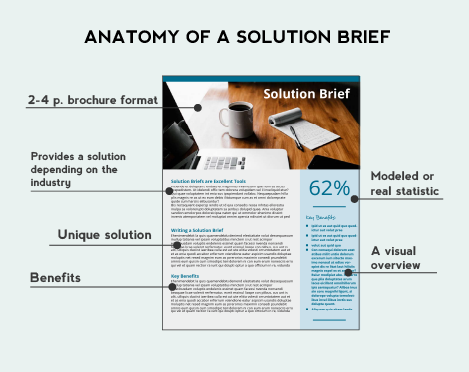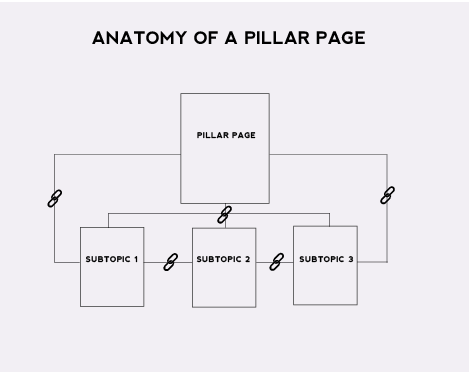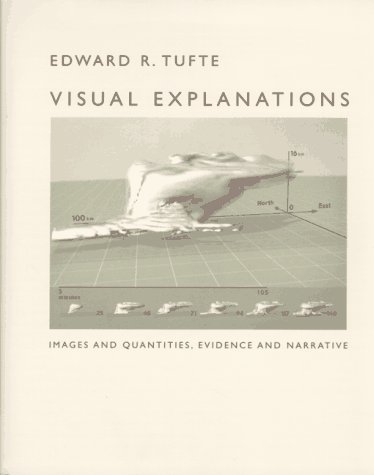A solution brief is a marketing-oriented document that skates the line between a technical and sales document. It’s a highly useful document for the right audience.
Solution briefs are often confused with case studies or the more broadly termed “sales sheet.” And it’s also sometimes called a white paper.
First things first
The first thing to know is its purpose, which is to influence a sale. The audience may be all levels of decision making, but leans toward C-levels and decision makers. You want your reader to know the potential of your product or service, so you write about a solution your product or service provides.
It’s typically 2-4 pages long, and may cover:
- A horizontal solution for multiple industries (often includes trendy topics)
- A vertical solution that speaks to a need in a specific industry (these are often positioned as how-tos)
- A compliance solution that describes how to be in compliance with a regulation
- An integrated/partnered solution that describes how to work with a third-party product
The difference between solution briefs and white papers
A solution brief will be shorter, around 2-4 pages. A white paper will be longer, ideally 6-8 pages. A solution brief should provide real-world deployment examples, with statistics (even if they are modeled) and specific directions on how to solve a problem. A white paper is a broader overview of the technology, a deeper dive into what makes a product tick.
Solution briefs and white papers often work together because customers who read one often want to read the other. For example if a business risk is described in a white paper, a solution brief will describe how to fix it.
How to write a solution brief
The key elements of a good solution brief are:
- The target audience and their problem
- The solution
- The competitive edge
- For an integrated or partnered solution, a discussion of how the solution works with the partner or product’s service
- Eye-catching graphics
- A summary of the solution components and the key benefits of the solution
- Statistics or facts, even if modeled, if available
How to use a solution brief
Because they’re short and usually visually appealing, solution briefs are considered faster reads. They’ll be more likely to be downloaded than white papers. Solution briefs are almost perfectly made for blog posts and social media. Break the solution brief apart into a series of posts that focus on a few of the issues at a time, such as the problem and a hint at the solution.
If you have been given a data sheet and are asked to turn it into a solution brief, start by expanding the section that describes the problem, since data sheets often mention the problem in a summary sentence or two. Morph the product overview section into one that is a solution.





